
China Sends 2nd Freight Train Down New Silk Road to Tehran
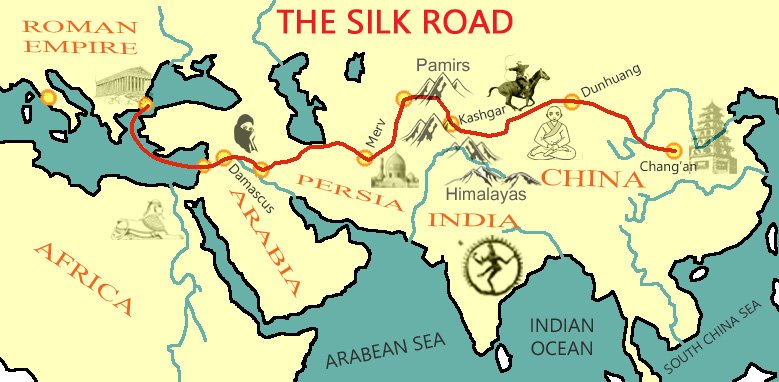
A new freight train service bound for the Iranian capital of Tehran was launched from Yinchuan City of northwest China's Ningxia Hui Autonomous Region on Tuesday.
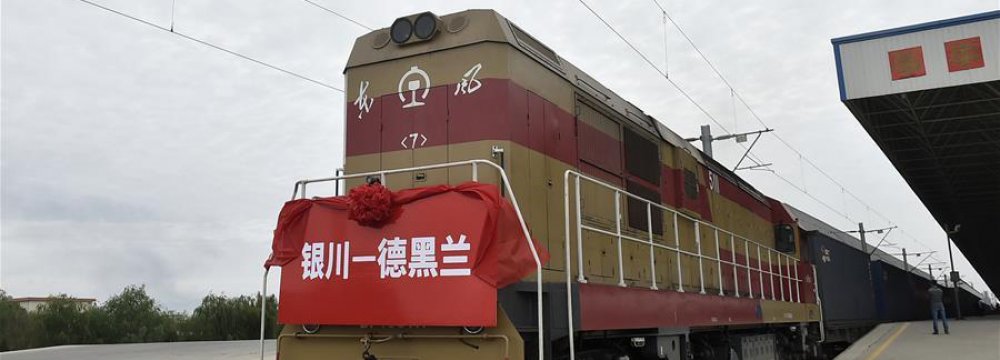
The second freight train departed at 10:00 a.m. from Yinchuan South Railway Station, carrying some 560 tons of cargo, including mechanical equipment, ceramic tableware, crystal ware and automobile accessories, worth around $1.6 million, China Global Television Network reported on its website.
The freight train is scheduled to reach Tehran in about 15 days, travelling via Kazakhstan and Turkmenistan, according to Xinhua Silk Road Information Service.
"The train takes more than 20 days less than transporting by ship, and is expected to greatly lower our delivery costs," said Liang Hua, whose company is in charge of the operation.
Lying on the route of the Belt and Road Initiative, the Ningxia autonomous region has gained support from the central Chinese authorities to strengthen its role as a trade and logistics hub.
According to Kong Guohua, an official from Ningxia's Department of Commerce, the new cargo route will help increase trade between China and countries in central and west Asia.
Following the launch of the freight train, Ningxia will continue to expand Yinchuan-Tehran freight rail cooperation, including normalizing the freight trains' schedule, branding the service and attracting enterprises from all industries to work on International Capacity Cooperation projects in the region.
This is the second time China is sending a freight train down the route to Tehran.
Maiden Journey
The first train set off from Yiwu City in China’s Zhejiang Province on January 28. It covered 10,399 km, passing through Kazakhstan and Turkmenistan, to reach the border station of Sarakhs in Iran’s Khorasan Razavi Province after 14 days.
The route, better known as the New Silk Road, was first proposed by He Huawu, the chief engineer of China Railway Corporation in late 2015.
From Tehran, the grand project will join Iran’s east-west network leading to Turkey and eastern Europe. It could also open a way to Europe via a developing rail route from southern Iranian ports to Azerbaijan and Europe.
The Belt and Road initiative, put forward in October 2013 by Chinese President Xi Jinping, includes several corridors through land and sea, including the New Silk Road rail route, which will serve as a tailwind for the transport of goods and energy between Iran and China.
The two sides have set a long-term bilateral trade target of $600 billion a year.
In a meeting with his Chinese counterpart, Xiao Jie, in China back in May, Iran's Minister of Economic Affairs and Finance Ali Tayyebnia said, “Iran’s position in Xi Jinping’s innovative plan to revive the New Silk Road is spectacular and ideal. Therefore, we intend to play an effective role in its implementation.”
Iran resolved issues regarding government guarantees during Tayyebnia’s visit to China to represent Iran in the New Silk Road Forum, which opened on May 14 with China and 29 other nations reaffirming their commitment to build an open economy and ensure free and inclusive trade, under the Belt and Road initiative.
Tayyebnia noted that Iran has been a part of the ancient Silk Road—a route contributing for centuries to trade and cultural exchange—stretching from Japan to the Mediterranean Sea, and intends to play a more important part in the new Silk Road plan.


Trump weighs using $2 billion in CHIPS Act funding for critical minerals

Codelco cuts 2025 copper forecast after El Teniente mine collapse

Electra converts debt, launches $30M raise to jumpstart stalled cobalt refinery

Barrick’s Reko Diq in line for $410M ADB backing

Abcourt readies Sleeping Giant mill to pour first gold since 2014

Nevada army depot to serve as base for first US strategic minerals stockpile

SQM boosts lithium supply plans as prices flick higher

Viridis unveils 200Mt initial reserve for Brazil rare earth project
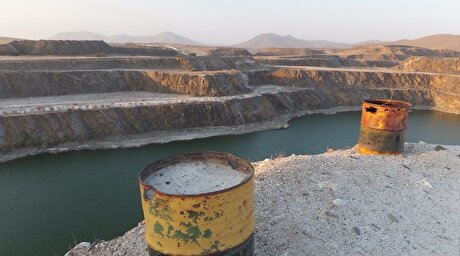
Tailings could meet much of US critical mineral demand – study
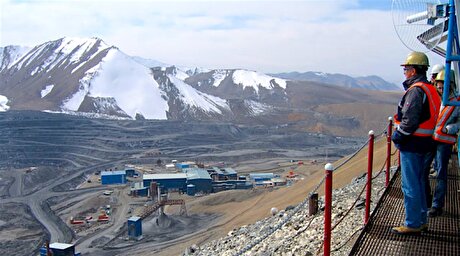
Kyrgyzstan kicks off underground gold mining at Kumtor
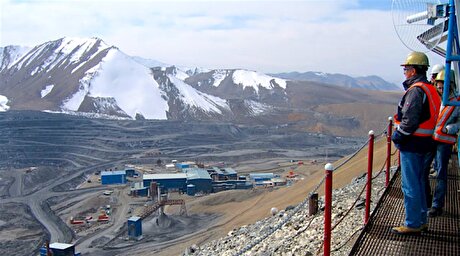
Kyrgyzstan kicks off underground gold mining at Kumtor
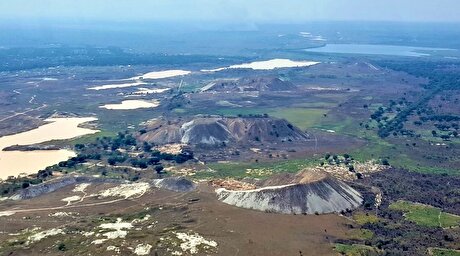
KoBold Metals granted lithium exploration rights in Congo

Freeport Indonesia to wrap up Gresik plant repairs by early September
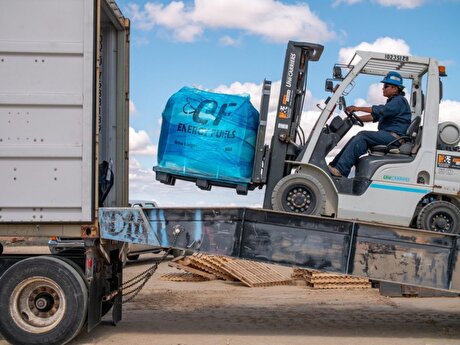
Energy Fuels soars on Vulcan Elements partnership

Northern Dynasty sticks to proposal in battle to lift Pebble mine veto

Giustra-backed mining firm teams up with informal miners in Colombia
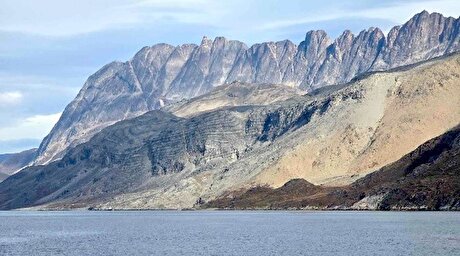
Critical Metals signs agreement to supply rare earth to US government-funded facility
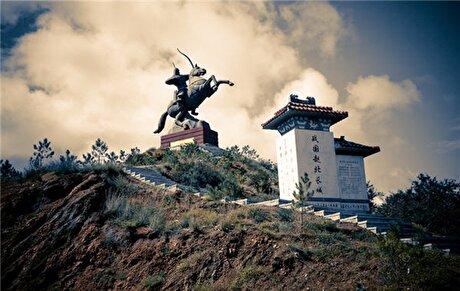
China extends rare earth controls to imported material
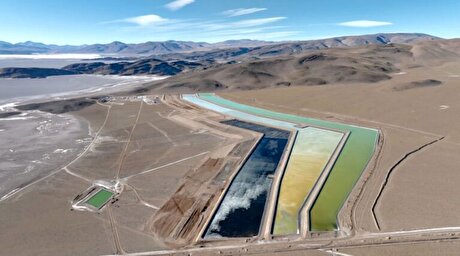
Galan Lithium proceeds with $13M financing for Argentina project

Kyrgyzstan kicks off underground gold mining at Kumtor

Freeport Indonesia to wrap up Gresik plant repairs by early September

Energy Fuels soars on Vulcan Elements partnership

Northern Dynasty sticks to proposal in battle to lift Pebble mine veto

Giustra-backed mining firm teams up with informal miners in Colombia

Critical Metals signs agreement to supply rare earth to US government-funded facility

China extends rare earth controls to imported material

Galan Lithium proceeds with $13M financing for Argentina project

Silver price touches $39 as market weighs rate cut outlook

















